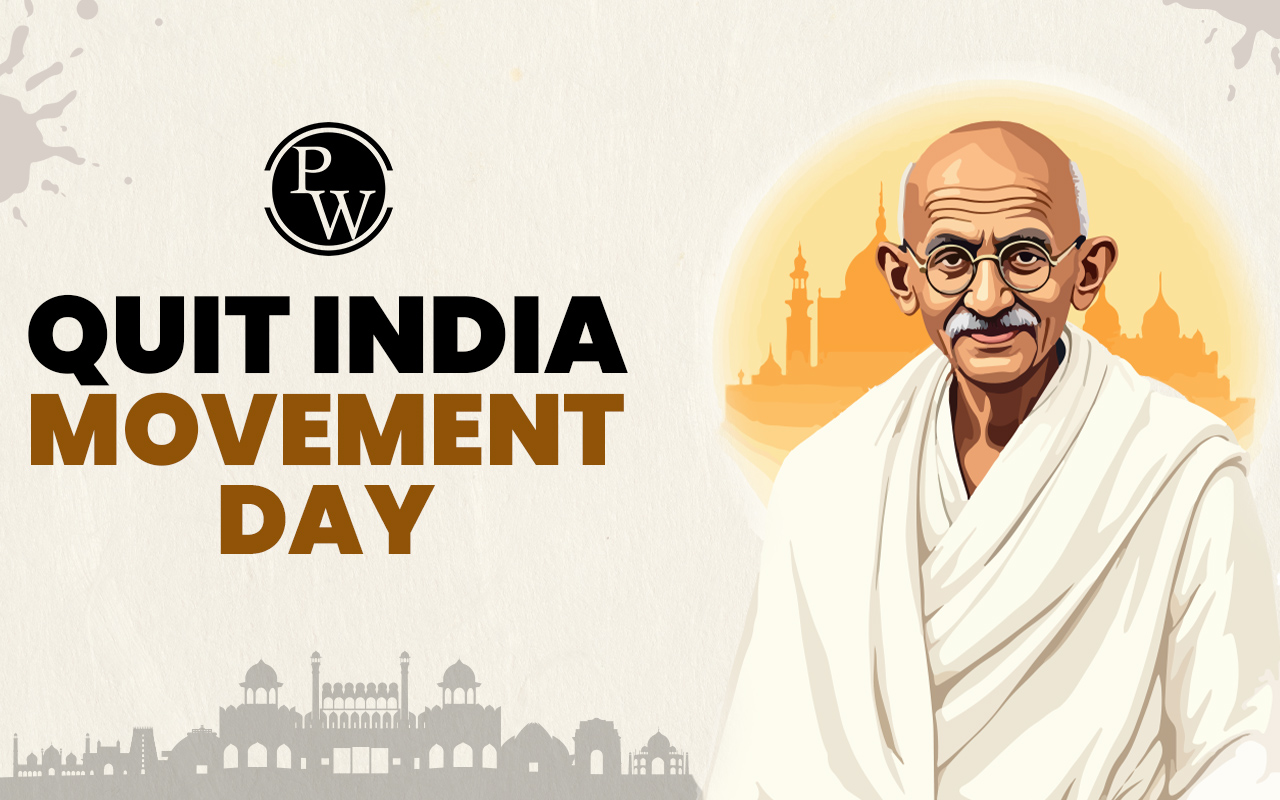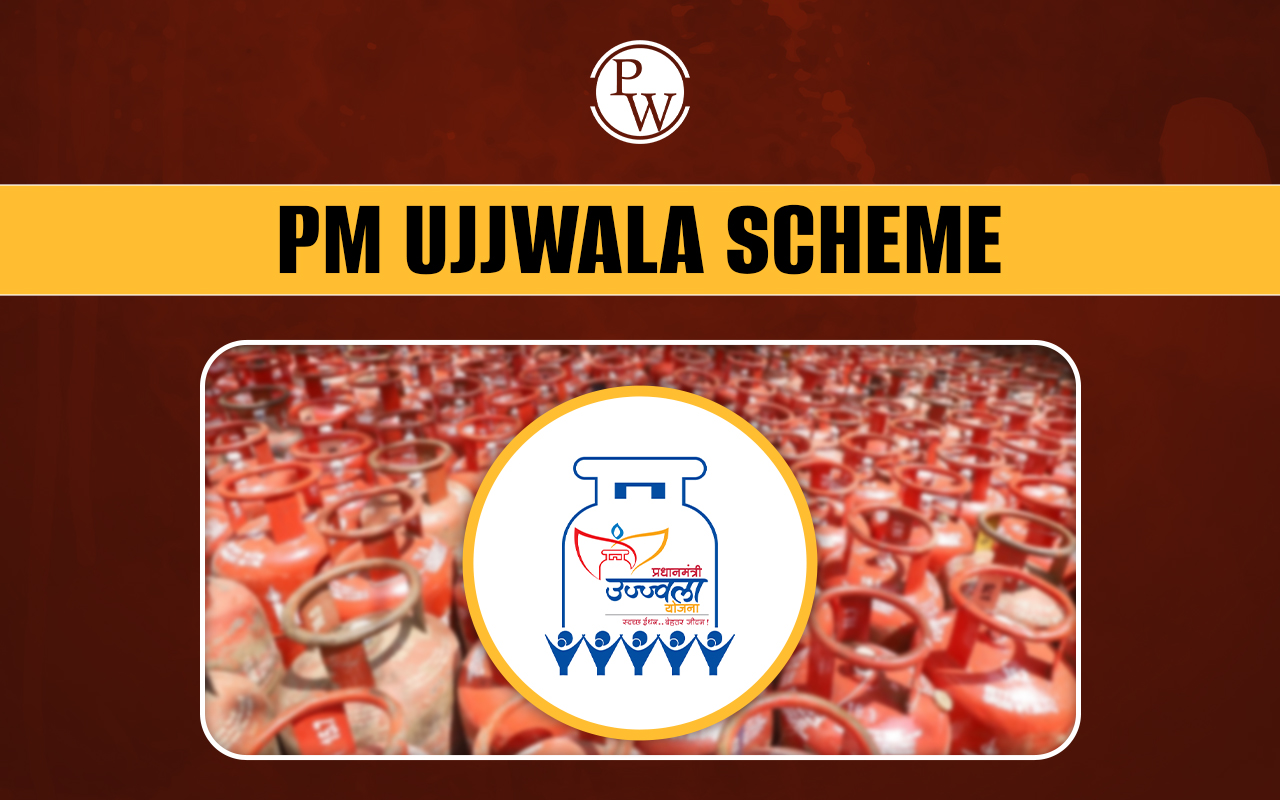

UDAN Scheme (Ude Desh Ka Aam Nagrik) was launched by the Government of India on 21st October 2016 with a vision to make air travel affordable and widespread. Under the leadership of Prime Minister Shri Narendra Modi, the scheme aimed to democratize aviation by improving regional connectivity through a financially sustainable model. The UDAN Scheme's full form, "Ude Desh ka Aam Nagrik," captures the spirit of taking the common citizen into the skies.
Managed by the Ministry of Civil Aviation, the UDAN Scheme has become a transformative force, connecting India's remotest corners with major urban centres. It is an important topic for various competitive exams, including the UDAN Scheme UPSC preparations.
UDAN Scheme
The UDAN Scheme (Ude Desh ka Aam Nagrik) is a flagship initiative under India's Regional Connectivity Scheme (RCS), launched with the vision of making air travel affordable and widespread across the nation. Since its inception, the scheme has significantly boosted regional aviation by connecting underserved and remote areas, promoting economic development, tourism, and accessibility.
Source: PIB
|
“Aviation was once considered the domain of a select few, but that has changed now with the advent of UDAN. My dream is to see a person who wears a 'Hawai Chappal' to fly on the 'Hawai Jahaz’.”
|
|
UDAN Scheme Overview |
|
|
Feature |
Details |
|
UDAN Scheme Full Form |
Ude Desh ka Aam Nagrik |
|
UDAN Scheme Launch Date |
21st October 2016 |
|
First UDAN Flight |
Operated between Shimla and Delhi on 27th April 2017 |
|
UDAN Scheme Under Which Ministry |
Ministry of Civil Aviation |
|
Objectives |
Make air travel affordable, enhance regional connectivity, and promote economic growth in Tier-2 and Tier-3 cities |
|
UDAN Scheme Budget 2025 |
₹540 crore allocated for FY 2025-26 |
|
Components of UDAN Scheme |
Viability Gap Funding (VGF), airfare caps, and collaborative governance between the Centre, States, AAI, and private airport operators |
|
Evolution of the UDAN Scheme |
Implemented through multiple phases (UDAN 1.0, 2.0, 3.0, 4.0, 5.0, and 5.5), expanding reach and adding new airports, heliports, and water aerodromes |
|
UDAN Scheme Airports |
90 airports (including 2 water aerodromes and 15 heliports) connected as of 2024 |
|
UDAN Scheme Routes |
625 UDAN routes operationalised |
|
UDAN Scheme Flights Beneficiaries |
Over 1.49 crore passengers benefited from affordable air travel |
|
Funding Support |
₹4,023.37 crore disbursed as Viability Gap Funding (VGF) |
|
Recent Developments |
Launch of UDAN Yatri Cafes, expansion under revamped UDAN scheme, introduction of Krishi UDAN, Seaplane operations guidelines |
UDAN Scheme Launch Date and Inception
The UDAN Scheme launch date marks an important milestone in Indian aviation history. Conceptualised under the National Civil Aviation Policy (NCAP) 2016, the scheme had a bold vision: to enhance regional connectivity through a market-driven, financially supported model. The dream materialised with the first UDAN scheme flight between Shimla and Delhi on 27th April 2017, symbolising the opening of the skies to the common citizen.
UDAN Scheme Under Which Ministry?
The UDAN Scheme is implemented under the Ministry of Civil Aviation, Government of India. The Airports Authority of India (AAI) is the nodal agency that facilitates its operations, ensuring the effective execution of policies and projects under the scheme.
Components of UDAN Scheme
The UDAN Scheme incorporates a structured framework that encourages airlines to operate flights on regional routes. The Components of the UDAN Scheme are carefully designed to ensure both viability for airlines and affordability for passengers:
- Viability Gap Funding (VGF): Financial assistance to airlines to maintain affordable ticket prices.
- Airfare Caps: Ensuring flight fares do not exceed ₹2,500 for a one-hour journey.
- Collaborative Governance: Cooperation between the Central Government, State Governments, the Airports Authority of India (AAI), and private operators.
- Incentives for Stakeholders: Exemptions on landing, parking charges, reduced VAT on aviation fuel, and TNLC waiver at UDAN airports.
- Stakeholder Incentives:
-
-
Airport operators waive landing, parking, and TNLC charges.
-
The Central Government caps excise duty on Aviation Turbine Fuel (ATF) at 2% for three years.
-
State Governments reduce VAT on ATF to 1% or less and provide free security and firefighting services.
-
These initiatives made the UDAN scheme highly attractive for airline operators while benefiting the public.
Evolution of the UDAN Scheme
The UDAN Scheme did not remain static after its launch. It evolved through various phases to address emerging needs, technological advancements, and the challenges of regional connectivity. The UDAN Scheme has evolved through several phases:
- UDAN 1.0 (2017): Marked the beginning, with the first UDAN scheme flights operating between Shimla and Delhi on 27th April 2017. 128 routes were awarded to five airlines.
- UDAN 2.0 (2018): Expanded to 73 unserved and underserved airports and introduced helicopter connectivity.
- UDAN 3.0 (2019): Introduced tourism-specific routes, seaplane operations, and enhanced focus on the Northeast region.
- UDAN 4.0 (2020): Prioritised remote, hilly regions and island connectivity with an emphasis on helicopters and seaplanes.
- UDAN 5.0 and 5.5 (2024–2025): Bidding invited for 50 water aerodromes; seaplane guidelines introduced to further boost regional connectivity.
Each phase has strengthened the commitment to accessible air travel, significantly boosting regional tourism, healthcare access, and trade.
UDAN Scheme Achievements
The UDAN Scheme has witnessed remarkable milestones over the years, demonstrating its effectiveness in achieving regional air connectivity. The scheme has not only enabled the common citizen to fly but has also stimulated economic growth in many previously isolated areas.
- 625 UDAN routes have been operationalised.
- 90 airports (including 2 water aerodromes and 15 heliports) have been connected through the UDAN scheme airports initiative.
- More than 1.49 crore passengers have benefited from affordable regional air travel.
- India's airport network expanded from 74 airports in 2014 to 159 airports in 2024, a phenomenal growth in a decade.
- ₹4,023.37 crore has been disbursed as VGF to support operations in underserved regions.
The UDAN scheme flights have already carried over 1.49 crore passengers, bridging the gap between India's urban and rural landscapes. Thus, the UDAN Scheme is not only an aviation success story but also a catalyst for socio-economic development across India.
Budget 2025 Update on UDAN Scheme
As per the Union Budget 2025-26, the government has strengthened its commitment to expanding the UDAN Scheme:
- The UDAN Scheme budget 2025 allocates ₹540 crore for expanding regional air connectivity.
- The revamped vision includes connecting 120 new destinations over the next 10 years.
- The goal is to make affordable air travel accessible to 4 crore additional passengers.
This renewed budgetary support reflects the government's focus on making aviation a catalyst for economic development.
Krishi UDAN and Other Innovations
In addition to traditional passenger flights, the Krishi UDAN was launched to support farmers by facilitating air transport of agricultural products, especially from the Northeast, tribal, and hilly regions. 58 airports are now part of this initiative, promoting agri-logistics and value realisation for Indian farmers.
Other innovations include:
- UDAN Yatri Cafes at Kolkata and Chennai airports, offering affordable food options.
- Seaplane Operations connecting water aerodromes, enhancing last-mile connectivity. Guidelines launched on 22nd August 2024; 50+ water bodies identified.
- Revamped UDAN Scheme: Focused on smaller cities, aspirational districts, and advanced helicopter connectivity.
Impact of the UDAN Scheme
The UDAN Scheme has had a transformative impact:
- Economic Growth: Boosted local economies by connecting remote regions to major urban centres.
- Tourism Development: Strengthened regional tourism circuits.
- Healthcare Access: Improved emergency healthcare access through faster air connectivity.
- Trade Expansion: Catalysed trade and business opportunities in Tier-2 and Tier-3 cities.
Moreover, ₹4,023.37 crore has been disbursed as Viability Gap Funding (VGF) to encourage airline participation and connectivity.
UDAN Scheme UPSC Relevance
For aspirants, understanding the UDAN Scheme from the UPSC perspective is necessary. It embodies themes of inclusive growth, infrastructure development, regional equity, and public-private partnership, all of which are critical for the UPSC Prelims and Mains examinations, especially under topics like Indian Economy, Governance, and Infrastructure Development.
Conclusion
The UDAN Scheme is much more than an aviation program—it is a manifestation of aspirational India. By expanding the skies for the common man, the UDAN Scheme has bridged socio-economic divides and unlocked new opportunities for millions. With its ambitious roadmap for 2035, continued budgetary support, and an evolving model that adapts to regional needs, the UDAN Scheme promises to keep soaring, empowering Bharat’s dreams to take flight.
Explore PW’s UPSC Courses to learn important topics like the UDAN Scheme for your exam success!
UDAN Scheme FAQs
What is the aim of the UDAN scheme flights?
How many UDAN scheme airports are operational?
When was the first UDAN scheme flight launched?
How has the UDAN Scheme contributed to India airport growth?
What is the significance of the UDAN Scheme in regional tourism?
What financial support is provided under the UDAN Scheme?

UPSC Coaching










